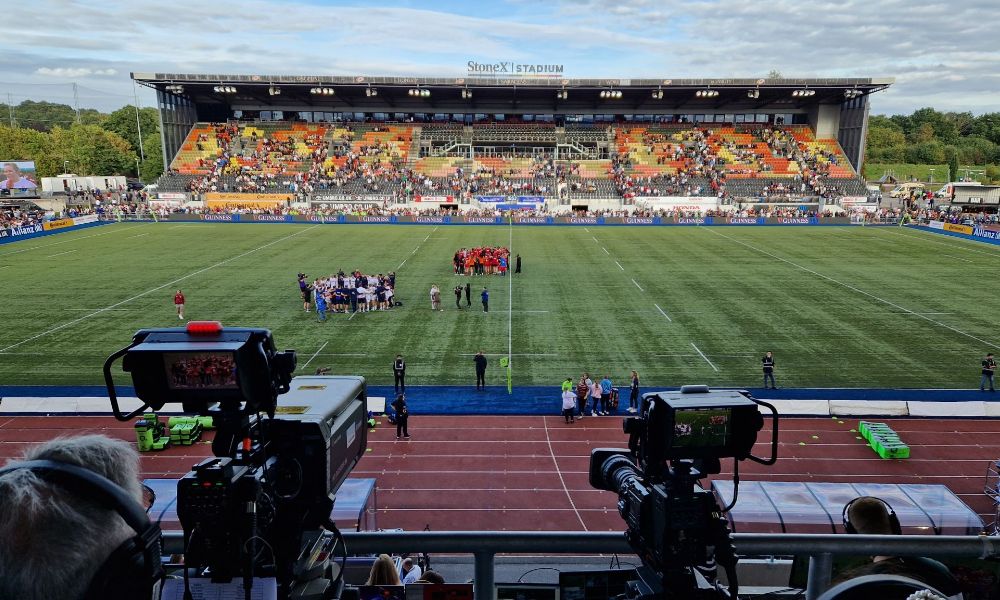The Environmental Impact of Sports Broadcasting Events

Large sports media productions demand substantial energy for lighting, streaming, and live coverage. These gatherings generate emissions and resource waste. Growing awareness encourages green broadcasting methods to reduce power use and digital waste. Sustainable media operations help balance entertainment with responsibility while protecting natural systems affected by widespread viewership technology.
Energy Consumption
Energy use increases during the preparation and transmission phases as many tools function simultaneously. Streaming solutions powered by efficient resources reduce carbon output while maintaining quality viewing supported by better system regulation across platforms such as 로얄티비.
Equipment Waste
Broadcast setups often require updated devices, replacing old ones frequently. Disposing of outdated gadgets contributes to waste buildup, harming fragile surroundings through materials difficult to recycle properly or store safely.
Transportation Impact
Travel for staff creates emissions through fuel use, increasing pollution. Shifting toward virtual collaboration or limited mobility routes reduces pressure on transportation networks, sustaining lower environmental disturbance effectively.
Power Sources
Dependence on nonrenewable power systems heightens strain on Earth’s elements. Transition toward solar or wind operations helps stations meet performance goals, creating environmentally supportive working styles and safer output boundaries.
Digital Storage
Storing enormous collections of digital content demands steady electricity inflow. Cloud systems using clean power infrastructure improve sustainability, offering safer data control methods designed for reduced emission standards under advanced supervision.
Event Lighting
Studio lighting requires persistent electricity flow, prompting providers to adapt LED structures promoting longevity with smaller energy footprints, ensuring smoother brightness balance through economic technological choices.
Waste Production
Catering operations, decorations, and disposable materials during events create avoidable waste portions. Encouraging reusable designs lessens harmful materials, protecting ecological cycles with adaptable design adoption suited for efficiency.
Audience Participation
Remote spectatorship alters traditional crowd attendance, limiting transport needs. This promotes eco-conscious approaches, minimizing physical resource engagement while maintaining excitement motivated by shared community connections worldwide.
Network Equipment
Communication networks transmit heavy loads, affecting energy flow. Improved cable systems enable efficient functionality through minimal loss, encouraging smooth transitions aligned with sustainability commitments supporting balanced technological adaptation.
Smart Solutions
Introducing tracking systems reveals broadcast energy patterns, ensuring ongoing efficiency assessment, reducing excessive usage through real-time monitoring, and enabling greener operational standards across production phases.
Stronger policies highlight reusable materials, energy-efficient lighting, and remote participation drives. Active cooperation ensures responsible entertainment platforms deliver inclusive access supported by innovation through 로얄티비 transforming media systems into stable, resource-conscious entities benefiting future generations.


